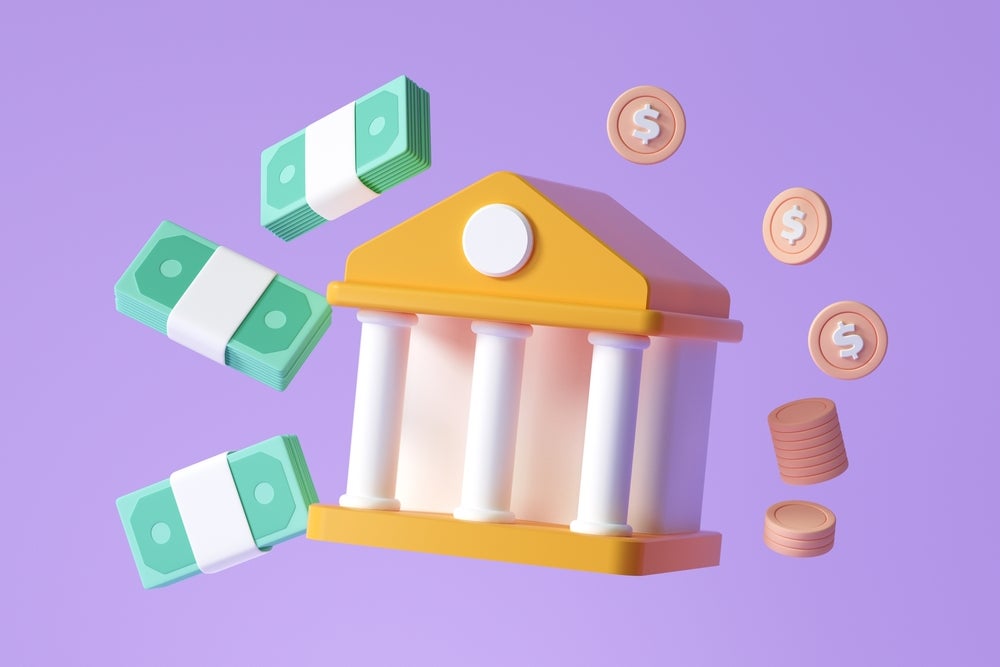This story was originally published June 14, 2022.
The Federal Reserve is expected to raise interest rates by 1.5% by the end of July. With the SPDR S&P 500 ETF Trust SPY down more than 20% from its highs, money market accounts may soon become more attractive to investors and savers in a volatile economic climate.
The Federal Reserve is expected to raise interest rates by 1.5% by the end of July. With the SPDR S&P 500 ETF Trust SPY down more than 20% from its highs, money market accounts may soon become more attractive to investors and savers in a volatile economic climate.
What Is A Money Market Account? A money market account is an account similar to a savings account but that may also have a debit card and checking services associated with the account. Money market accounts typically limit the number of monthly transfers to six but may offer higher interest rates than regular savings accounts.
Related Link: How To Prepare For The First Bear Market Of Your Trading Career
The Federal Deposit Insurance Corp. protects up to $250,000 per money market account, as long as the bank offering it is FDIC insured.
Why Money Market Accounts Matter: Since the financial crisis in 2008, interest rates have mostly been near 0%, making money market accounts unappealing to income investors. Money market rates are on the rise as the Federal Reserve hikes interest rates to combat inflation. Money market accounts are currently paying up to 1.5%, according to Bankrate, but those rates are likely to continue to rise in the coming months.
Money market accounts can be particularly attractive compared to the rates on the average savings or checking account. The FDIC insurance makes them extremely safe places to park excess cash. In addition, money market accounts don’t lock up your money the way certificates of deposit do, and there’s no penalty for accessing your cash at any time. Finally, checking and debit card services make access and transactions even easier.
Of course, there are also some downsides to money market accounts. Some banks and institutions charge high account minimums to get the best rates and avoid costly fees. Some high-yield savings accounts offer similar rates and come with fewer strings. There also may be opportunity costs associated with holding cash in a money market account. Investors have historically gotten much higher long-term investment returns in stocks and bonds. In addition, a 1.5% return on a money market account may not seem so great when compared to the purchasing power the average saver is losing when the Consumer Price Index is up 8.6% from a year ago.
Benzinga’s Take: Money market account versus high-yield savings account versus stocks or bonds may be a moot point if you also have credit card, auto or other forms of debt. It’s almost always a good idea to pay off your debts before you consider saving or investing. And remember, always pay off debts with the highest interest rates first (typically credit card debt), even if it is not your largest debt.
Photo: StockStyle via Shutterstock
Image and article originally from www.benzinga.com. Read the original article here.

